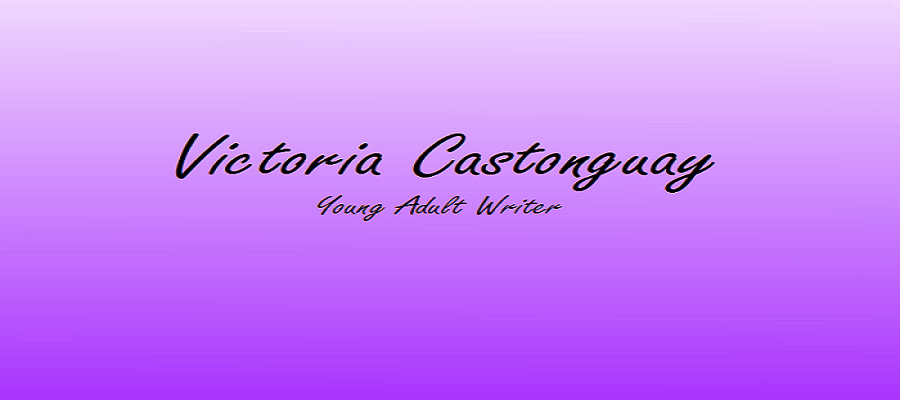"What did you just say? That's great, that's so going in the book."
"Pfft, of course this character doesn't get his *insert personality trait* from you. Wh-What would make you think that?"
All three of these things are things I've said, entirely seriously, to people I know at some point in my life. Surprisingly, there are people who still choose to be friends with me despite that.
Ideas don't come from nowhere. I've done a blog post on inspiration before, but there's so much to say on the topic that I'll probably do many, many more. If I'm honest, about 10% of my characters' personalities comes straight from me, even if it's something as small as the character only being able to drink tea if its about 95% milk and 5% tea (I know, I know, I'm sorry. Someday I'll learn to like tea, okay?) The other 90% comes from bits and pieces of
Don't get me wrong: you should not take your weird neighbour, slap a new name on them, and write them as a character in a book. That's how you get in trouble. But maybe your neighbour likes to walk their cat on a leash (mine does, and I'm not kidding. It's the cutest thing ever.) Can you write a character who walks their cat on a leash? Sure you can. It adds realism, and makes your book more relatable.
One of the sweetest parts of reading anything is that moment of recognition when there's a tiny, almost insignificant, detail about a character and you go "Holy cow! I do that/I think that/I've felt that/I know someone who does that too!" From personal experience, this will make your readers love your character (which is awkward, when that relatable moment comes from the villain).
This relatable feeling comes from drawing carefully from real life, and it's not the only benefit. You've probably heard a thousand times to "flesh out" characters. Drawing from reality is how you take a cardboard cut-out character and make them into a real person, someone your readers could picture bumping into on the street (or at least a street in whatever futuristic/fantastic/historical/otherwise not "real" world you've invented from them to live in).
Why is this terrifying, you ask? Well, mostly because - and while I definitely can't speak for all writers, I think this might be more common - I don't realize I'm using traits I've observed in characters I create. Rarely will I be developing a character, see someone displaying a specific trait or quirk, and immediately apply it to that character. More often it comes out subtly, organically, through the process of developing and writing a character. It might be weeks, months, even years before I realize "hey, my friend does that, and so does this character", or "hey, that's just like that stranger I saw one time a while back." And if you'll forgive the vanity, I think this is what you should aim for when "borrowing" from real life. Chances are it's not even much to aim for, it's what you're already subconsciously doing.
If you purposely take a bunch of characteristics from people you know and try to squish them into one character, it's probably going to seem pretty weird. It won't seem at all like a real person; rather, it will seem like some weird, suffering Frankenstein's Monster staggering their way through your plot. Every character needs a core identity, and after that you can add other personality traits, quirks, and ideas to them.
I've said it before and I'll say it again: no detail is too small for you to know about your characters. Even if it never makes it explicitly into the book, you'll know it, and that will inform your writing of the character and make them feel so much more real both to you and to the readers.
So take some time to observe your friends, your family, even strangers (in a non-creepy way, of course) and take a mental note of traits and quirks they have that you could use in the future. Let these bounce around in your brain for a while, and when it's time to create a new character, they'll come to life that much more easily and seem that much more real.
